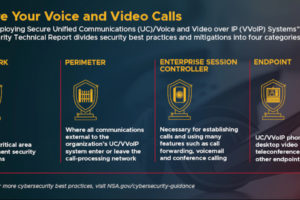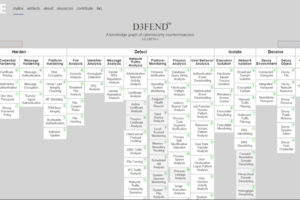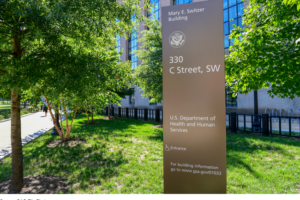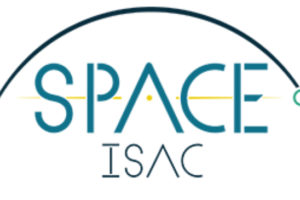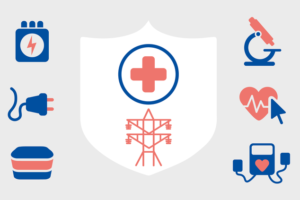
ITU releases fourth edition of the Global Cybersecurity Index; key 2020 data points to increased commitment
The latest Global Cybersecurity Index (GCI) from the International Telecommunication Union (ITU) shows a growing commitment around the world to tackle and reduce cybersecurity threats.
Countries are working to improve their cyber safety despite the challenges of COVID-19 and the rapid shift of everyday activities and socio-economic services into the digital sphere, the newly released 2020 index confirms.
According to GCI 2020, around half of countries globally say they have formed a national computer incident response team (CIRT), indicating an 11 per cent increase since 2018. Rapid uptake of information and communication technologies (ICTs) during the COVID-19 pandemic has put cybersecurity at the forefront.
“In these challenging times, the unprecedented reliance on ICTs to drive society, economy and industry, makes it more important than ever before to secure cyberspace and build confidence among users," affirmed ITU Secretary General Houlin Zhao. “Governments and industry need to work together to make ICTs consistently safe and trustworthy for all. The Global Cybersecurity Index is a key element, offering a snapshot of the opportunities and gaps that can be addressed to strengthen every country's digital ecosystem."
Some 64 per cent of countries had adopted a national cybersecurity strategy (NCS) by year-end, while more than 70 per cent conducted cybersecurity awareness campaigns in 2020, compared to 58 per cent and 66 per cent, respectively, in 2018.
Addressing the cyber gap
Many countries and regions lag in key areas. These include:
- Cybersecurity skills training, which must be tailored to the needs of citizens, micro-, small-, and medium-sized enterprises (MSMEs);
Finance, healthcare, energy, and other key sectors, which require dedicated measures to close cybersecurity gaps;
- Critical infrastructure protection, which requires enhancement to meet new and evolving cyber threats;
- Individual data protection, which requires continual reinforcement as online activity expands.
Growing reliance on digital solutions necessitates ever stronger, yet also accessible and user-friendly, data protection measures.






